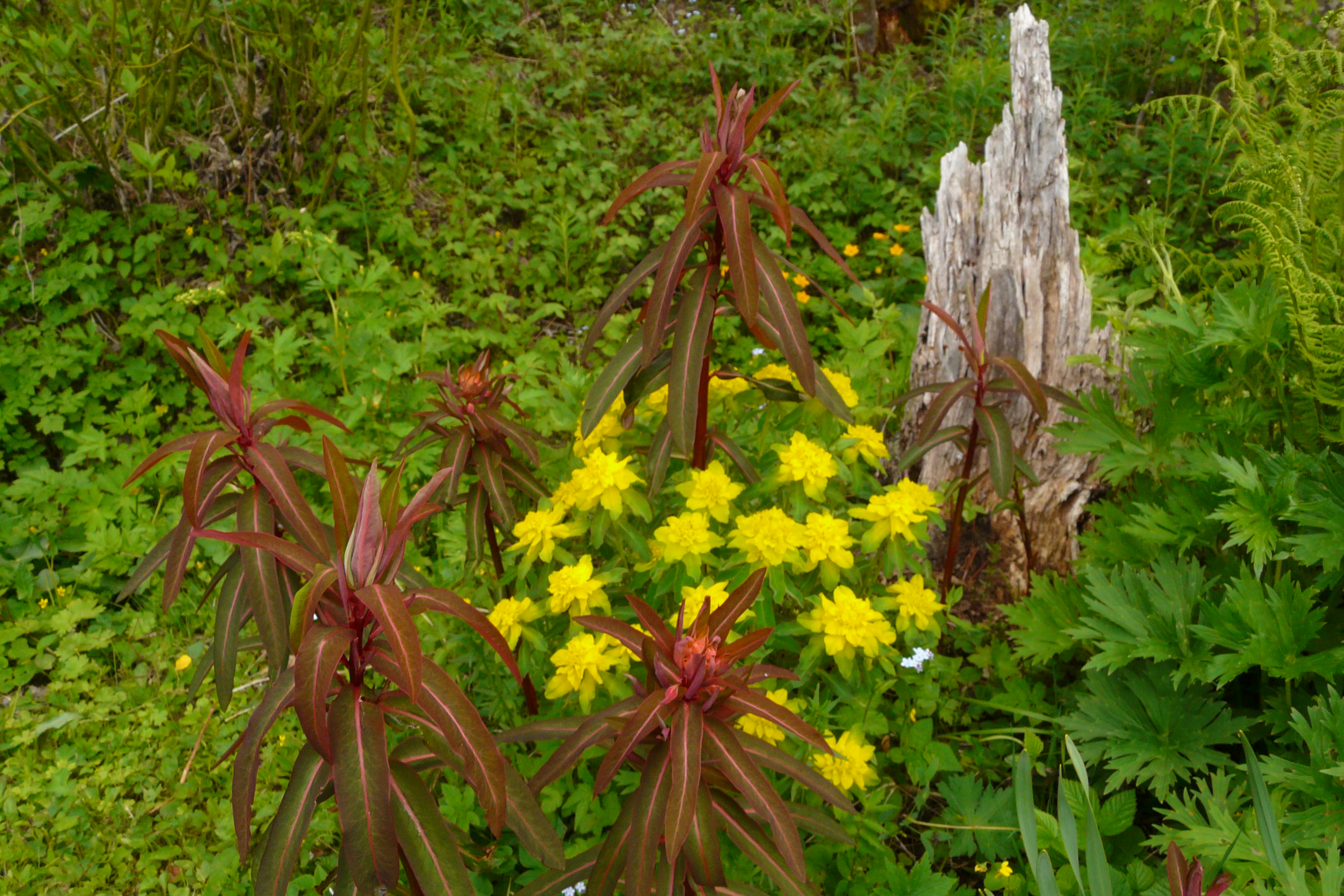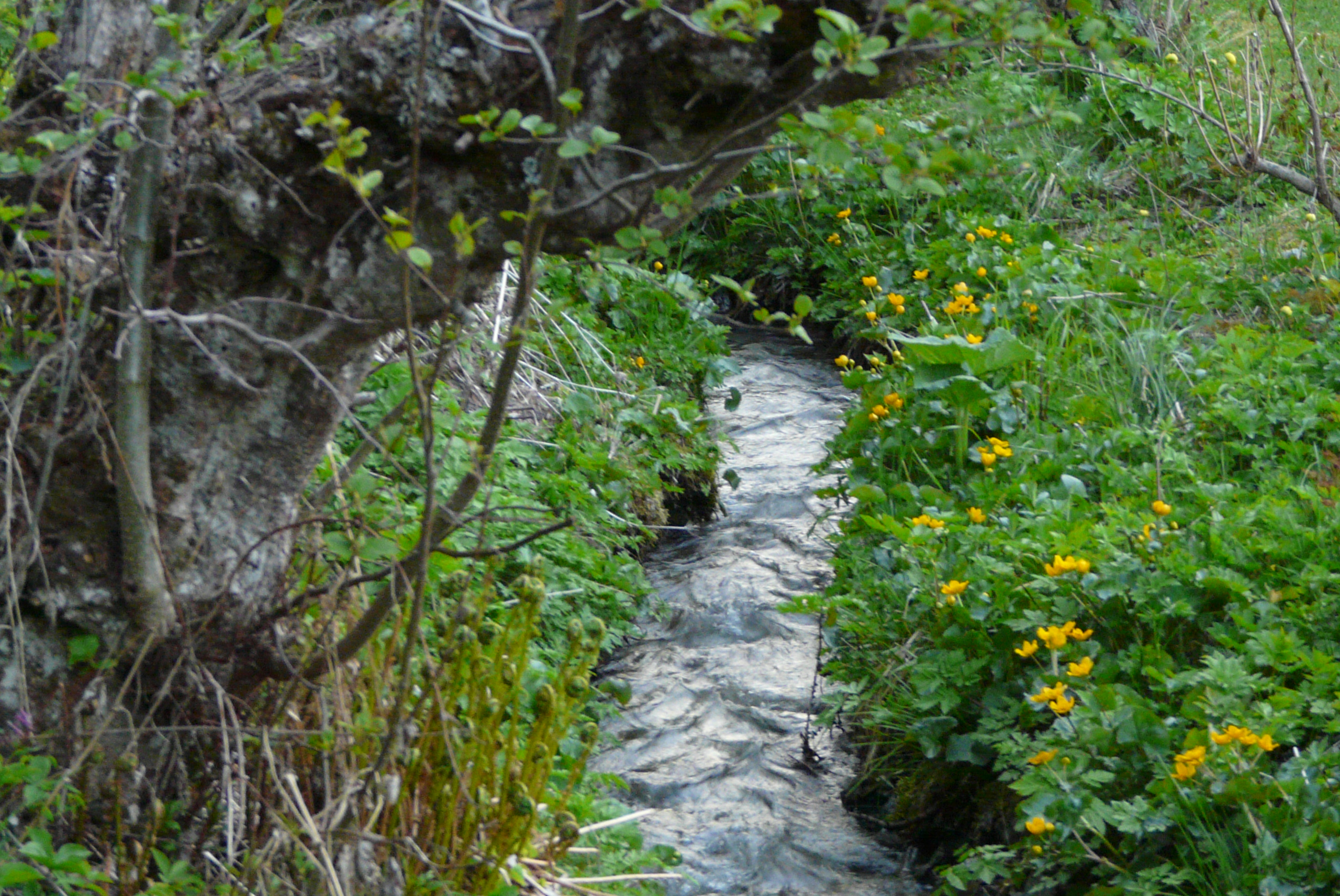| HOME
|
BACK
TO MAIN PAGE
|
|||
|
Seasons of a brook (Luc Bat)
|
||||
|
A stirring by his side, where daffodils abide and deep through the snow sunbeams seep, awakens him from sleep so sweet. The birds flutter and tweet, the skyís azure is neat and Spring stoops over him sighing : Winter kept you starving, oh dear, to flesh you out, I fear, snowcaps Iíll have to clear, real soon. And with the timely boon, brookís voice is fit to croon till June. Summer is not immune to the refreshing tune and lo! by Red Moon he is low, soon muzzled is his flow and then, but the song of the wren gushes out of the glen. His form so poor, so out of norm, Fall sets out to reform. A bit of dew here and a spit there permit the brooklet to swell till autumn bids farewell. A growing cristal shell upsets the brook and makes him fret over winterís fell threat and cry his pain to the pale sky: Turn the tide, let thrive my true side.
|
1 |
The poetry form Luc Bat is a Vietnamese poetry form. It is based on syllable count. The odd lines (1,3,5 etc.) have six syllables while the even lines (2, 4, 6 etc) have eight syllables. The sixth syllable of the odd lines rhymes with the sixth syllable of the even lines. The eighth syllable rhymes with the sixth syllable of the next odd line. It takes an even line linking back to the first line to end the poem.
The brook What you see on the pictures is actually not a natural brook, but one of the traditional irrigation channels in the Canton of Valais and is called in French a "bisse" and in the German speaking part of the Valais a "Suone". "Bisses" were either dug out of the ground, like the one here or hewn into the rock. Aquaducts were in certain places suspended along steep cliffsides, the water flowing through carved out larch trunks. This irrigation system was introduced in Switzerland by the Walser in the 13th century. This "bisse" here is 500 years old.
Pictures 1 : My favourite view of the bisse when all the daffodils bloom. 2. Marsh marigolds follow the daffodils. When they are gone, the "bisse" will soon disappear in a luxurious vegetation. 3. Some euphorbia have finally adjusted to their new home. The "bisse" is hiding right behind them. 4. Winter has been creative. Looks like twin fishes. 5. Ice teeth that will soon close over the "bisse". This picture gave the impulse to the poem. |
||
|
2 |
||||

3 |
||||
4 |
||||
5
|

